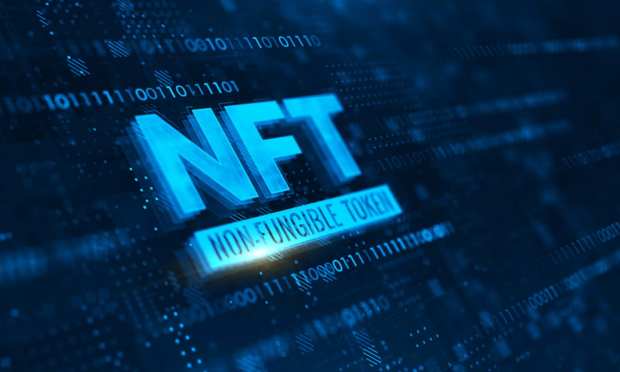The Big NFT Bust

Flash back about 15 minutes ago, and non-fungible tokens (NFTs) were the latest craze sweeping the payments industry. Jack Dorsey sold off his first-ever tweet for $2.5 million. Tampa Bay Buccaneers (formerly New England Patriots) tight-end Rob Gronkowski announced plans to sell over 300 NFTs spotlighting moments during this year’s Super Bowl and the other three Super Bowls of his career.
Gronkowski said he became interested in the NFT market at the time. “I see what’s going on, and it’s just exploding,” the athlete said in an interview. “I wanted my fans who are living in the digital world to be able to get a piece of this action.”
And Gronkowski was far from the hottest action in NFT town. Even Jack Dorsey’s multi-million-dollar payday for the phrase “Just setting up my Twitter” – made “authentic” by the transformative powers of the blockchain – was only slightly spicy by the standards of the booming market of a few weeks ago. In early March, a digital-only piece of artwork sold for close to $70 million. It was the first-ever sale by a major auctioneer for a piece of artwork that does not exist in any physical form.
“Without NFTs, there was legitimately no way to collect digital art,” said Beeple, the artist behind the $70 million sale. Born Mike Winkelmann, Beeple designed concert visuals for performers like Katy Perry and Justin Bieber before leaping into the wild but apparently lucrative world of NFT trading. “I do really think this is going to be seen as the next chapter of art history.”
It was a short chapter, as it turns out. Because the future of certifying digital commodities is currently going bust, with the value of NFTs plummeting about 90 percent over the course of the last month. On May 3, NFTs hit their peak, booking $102 million in transactions in a single day. The seven-day periods surrounding the peak brought in $170 million in transactions.
And then, reality set in, as consumers everywhere remembered that a blockchain-certified digital version of something that they can easily download as a free copy might not be the best investment of several millions of dollars.
But the crash in the market hasn’t just affected the massive, flashy art sales that made headlines about a month ago. According to Gizmodo, the market has mostly been pushed forward and dominated by crypto-collectibles — i.e., small pixel art faces called CryptoPunks, or portraits called Hashmasks, or something called Twerky Pepes (based on the popular frog character that has become synonymous with both imageboards like 4chan and the online far-right).
And damningly for a crypto-backed enterprise, NFTs have lost the ephemeral quality that made it a hot purchase: It’s no longer cool. The number of NFT wallets has declined by over 70 percent in the last two weeks, as consumers are less and less drawn to digital collectibles as potential investments.
The bubble has undeniably burst. Now, the question is whether it will find a way to reform and rebound. It’s not an unknown phenomenon: Beanie Babies were known as an “investment” in the 90s, only to become a recurring joke about bad investments, only to pick up again in value as nostalgia turned them into actual collectors’ items, with “rare” babies selling for thousands on eBay.
But Beanie Babies are a physical commodity, so investing in a mint-condition baby means the buyer has an actual stuffed animal that they can display on a shelf or use to chase away the monster under the bed at their leisure. But an NFT will still just be in digital form, indistinguishable from any other digital copy except for the blockchain-based receipt that affirms one was actually willing to pay money for it.
Moreover, blockchain-based fads don’t have much of a track record in making a return. Remember ICOs? No one has talked about them since about 2017, when the new independent coin offering was rolling out, loaded with celebrity endorsements. The market eventually got so overheated that the SEC had to issue an official warning to investors on celebrity-backed coin offerings.
And ICO fever once burned even brighter than the NFT trend has recently. As of November 2017, the market had 270 coin-backed projects raise over $3 billion through ICOs, with the likes of Paris Hilton, rapper The Game and boxer Floyd Mayweather acting as boosters.
And while there is no certainty that NFTs will disappear as quickly and completely as the ICOs before them, it does seem fairly certain, given how quickly the bottom dropped out of the market. There are an awful lot of people holding million-dollar digital copies today, who are asking themselves why they thought it was a good expenditure of seven or eight figures.
And while NFTs aren’t the first, and surely won’t be the last, bubble built out of the blockchain, they were certainly a fun variation on a bad idea that managed to break really, really big. And we can’t help but be excited to see the next brilliant investment opportunity the blockchain bounces our way.